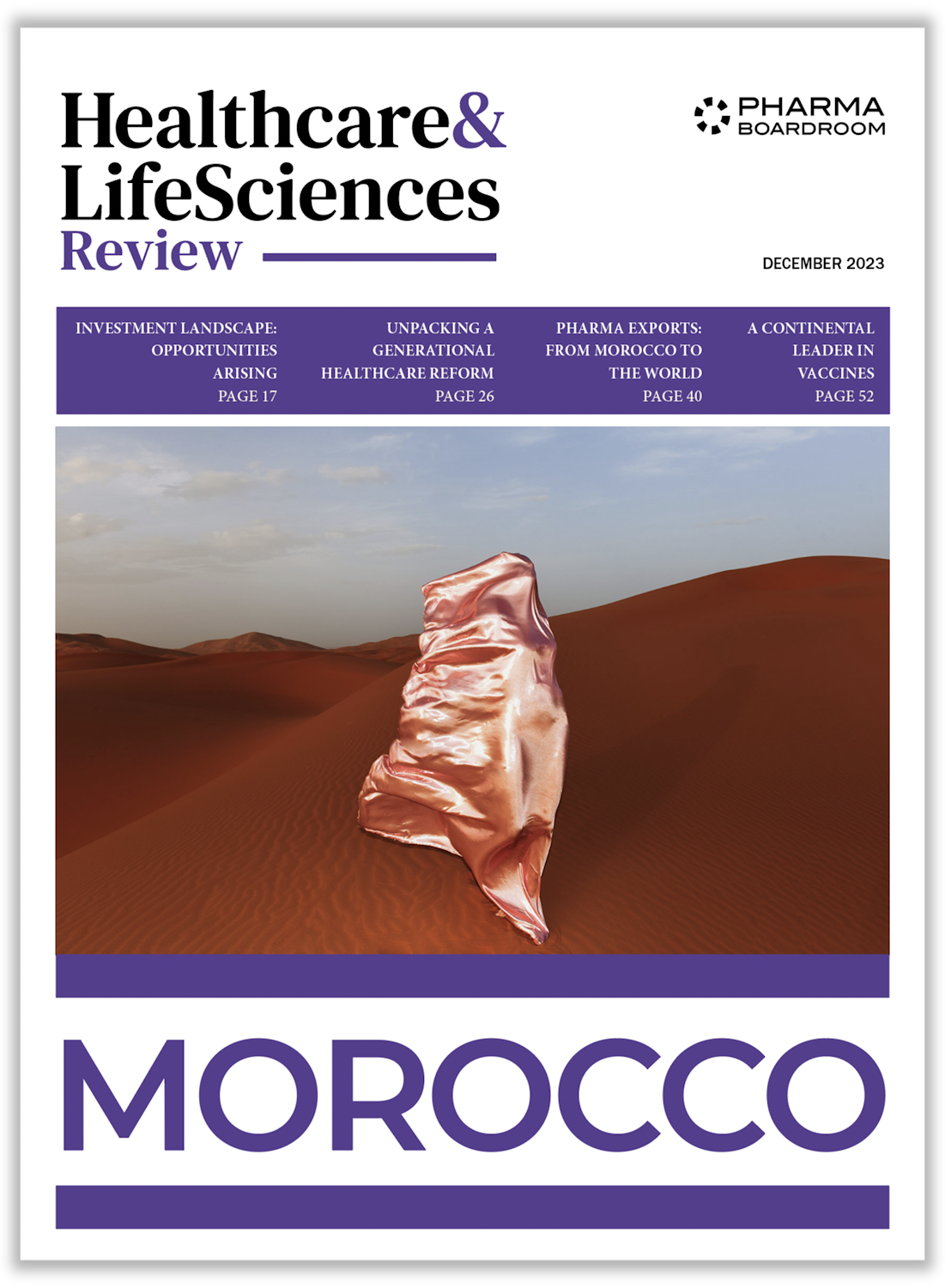
Chester “Chip” Davis, Jr, the President and CEO of the Association for Accessible Medicines (AAM) weighs in on the issue of drug shortages in America.
An uncertain environment for generic manufacturers imperils the sustainability of patient access to low-cost generic medicines.
The unavailability of prescription medicines can cause physical suffering, with possible long-term consequences.
Across multiple treatment areas, when there are shortages, patient care hangs in the balance. When faced with a shortage, physicians are forced to make difficult decisions on care, such as delaying therapy or resorting to sub-optimal therapies. Diminished access to proven, effective treatments is a serious public health concern.
Before we can collectively confront the issue of drug shortages in America, we must first understand the root causes. This is a complex problem with many interconnected factors. One issue is clear, however: an uncertain environment for generic manufacturers imperils the sustainability of patient access to low-cost generic medicines.
Representing 90% of prescriptions, generic drugs are particularly susceptible to shortages and the companies represented by the Association for Accessible Medicines are well aware of the problem.
Incentives built into the pricing conspire to form a hypercompetitive market where shortages are a near-constant possibility. The dynamics of this market make it hard for a generic drug manufacturer to simply raise prices in response to increased demand. Instead, we have a landscape in which manufacturers regularly enter and exit markets as conditions change.
The consolidation of purchasers exacerbates this situation. As many readers know, three buying consortia control approximately 90 percent of the market, which severely limits contracting opportunities. The market becomes even less predictable with older, lower-profit-margin medicines, sowing uncertainty up and down the supply chain. As a result, patients who rely on these drugs experience price fluctuations at the pharmacy counter. This instability may foreshadow future shortages.
Other trends in our industry are making shortages more likely. As the prices for generic products decrease and profits shrink, the number of registered manufacturing sites has declined. AAM member companies report that product discontinuations are on the rise, while the percentage is declining of approved ANDAs that are launched.
Manufacturers of affordable generic medicines are now paying millions of dollars in “penalties” on products that have not been subject to a price increase.
The Food and Drug Administration has taken steps to address the situation. The FDA Safety and Innovation Act of 2012 requires industry to notify the FDA of potential shortages. Unfortunately, that law did not go far enough as evidenced by the fact that in subsequent years, the threat of shortages has remained. This is due to a variety of factors, including sudden changes in the marketplace; limited information about the cause—or duration—of shortages; the difficulty of obtaining suitable alternatives; and the lack of resources to educate practitioners on the use of alternatives.
FDA Commissioner Scott Gottlieb had these issues in mind when he created the new Drug Shortages Task Force. When the initiative was announced, Dr Gottlieb acknowledged, “The low-profit margins, and the significant cost of manufacturing these complex drugs, has resulted in consolidation in the industry. The only way to produce these low-margin products profitably is to manufacture them at a tremendous scale. This has resulted in fewer and fewer manufacturers for certain key products. The result is very little margin for error in this space.”
Allow me to underscore that last point. My sense is that the likelihood of shortages will only increase as generic companies discontinue unprofitable medicines and as the number of companies manufacturing certain products dwindles in response to purchaser consolidation and government-imposed burdens.
One example of an unnecessary government-imposed burden is the Medicaid Generic Drug Penalty. Because of the inflation-based penalty in the Medicaid program for generics, part of the 2015 Bipartisan Budget Act, generic manufacturers are now subject to additional rebates for products even in the absence of changes in the actual price of the product. As a result, manufacturers of affordable generic medicines are now paying millions of dollars in “penalties” on products that have not been subject to a price increase. A 2017 report by Bates-White Economic Consulting found that these unpredictable, onerous penalties “increase uncertainty, reduce revenues, encourage manufacturers to exit the market and discourage the entry of new manufacturers.” The analysis also concluded that the penalty “will not only have little effect on generic prices, but it will also have the unanticipated and unintended consequence of increasing the likelihood of shortages for generic medicines.”
Economics 101 tells us that when shortages occur, and where there is a demand, an efficient market will fill it. For the reasons described above, however, the generic pharmaceutical industry does not operate as an ideal, friction-less market.
The stakes are high for patients and their families. That’s why the generic pharmaceutical industry will continue working with all stakeholders to minimize current drug shortages and mitigate factors that could contribute to future drug shortages. One possibility worth considering is requiring the Department of Health and Human Services to institute a program to encourage investment in manufacturing for generic drugs most vulnerable to shortages. Investments could take the form of targeted federal grants or contracts to aid manufacturers in addressing manufacturing challenges.
Prevention of shortages is possible through a combination of quick interventions and a holistic, long-term approach to the underlying factors. AAM’s members and I look forward to exploring these solutions in an open, frank dialogue with policymakers.
Follow Chip Davis on Twitter: @chesterdavisjr



